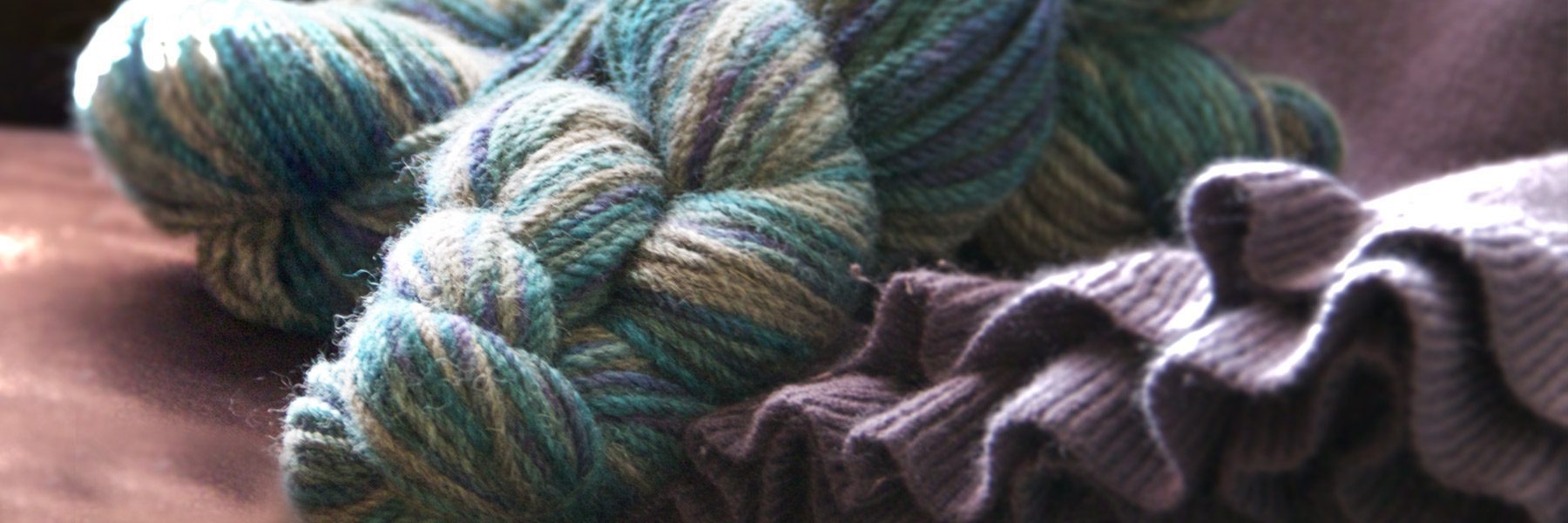[fusion_builder_container hundred_percent=”yes” overflow=”visible”][fusion_builder_row][fusion_builder_column type=”1_1″ background_position=”left top” background_color=”” border_size=”” border_color=”” border_style=”solid” spacing=”yes” background_image=”” background_repeat=”no-repeat” padding=”” margin_top=”0px” margin_bottom=”0px” class=”” id=”” animation_type=”” animation_speed=”0.3″ animation_direction=”left” hide_on_mobile=”no” center_content=”no” min_height=”none”][fusion_imageframe lightbox=”no” lightbox_image=”” style_type=”bottomshadow” hover_type=”none” bordercolor=”” bordersize=”0px” borderradius=”0″ stylecolor=”” align=”right” link=”” linktarget=”_self” animation_type=”0″ animation_direction=”down” animation_speed=”0.1″ hide_on_mobile=”no” class=”” id=””]  [/fusion_imageframe][fusion_text]Alpaca fiber is not as well known as is the wool from sheep and goats because alpacas have not been a global livestock animal for more than a couple of decades though they have been a domesticated animal in the Andes Mountains for over 5,000 years. Yet, as a fiber it has many qualities that make it unique in comparison.
[/fusion_imageframe][fusion_text]Alpaca fiber is not as well known as is the wool from sheep and goats because alpacas have not been a global livestock animal for more than a couple of decades though they have been a domesticated animal in the Andes Mountains for over 5,000 years. Yet, as a fiber it has many qualities that make it unique in comparison.
Alpacas come in 22 different natural colors; far more than any other fiber producing animal, thus reducing the need for dyes. This is an important benefit for the environmentally conscience among us. The fiber is often thought to be hypoallergenic; however, it is its fineness in comparison to average wool that gives this impression.
Alpaca fiber has an incredibly soft handle (soft to the touch), which is due to the low micron count of each hair. A micron is the unit of measurement (one thousandth of a millimeter) used to determine the thickness of a fiber. A skin reaction to wool is caused by coarse fiber, i.e. fiber that measures above 21 microns. High quality alpacas measure in the range of cashmere. Another factor in the softness of fiber is the length of each fiber. It is a simple fact that fewer ends make for fewer prickles. Alpaca fiber can potentially be a very long fiber. Alpaca fiber is, also, generally considered warmer than wool, though the reason for this is still under discussion.
[/fusion_text][/fusion_builder_column][/fusion_builder_row][/fusion_builder_container]

